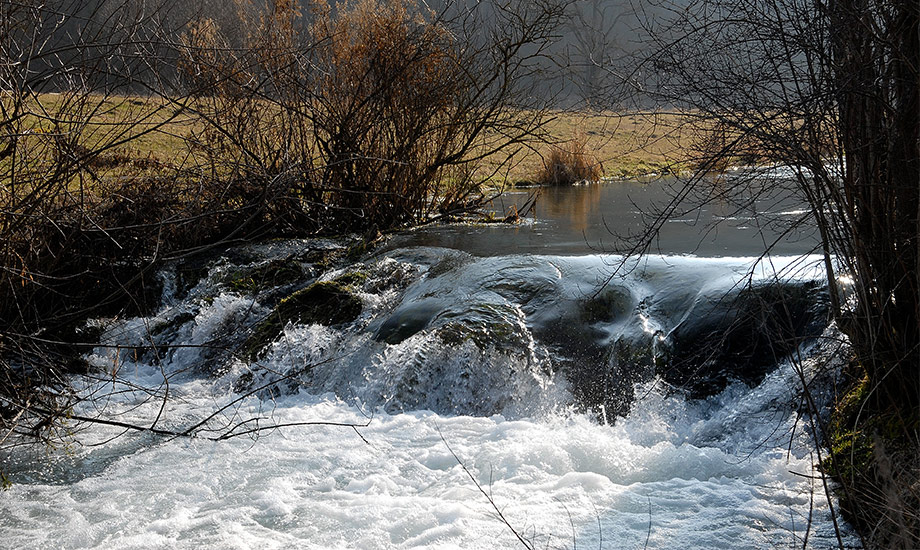Themen
-
Pond
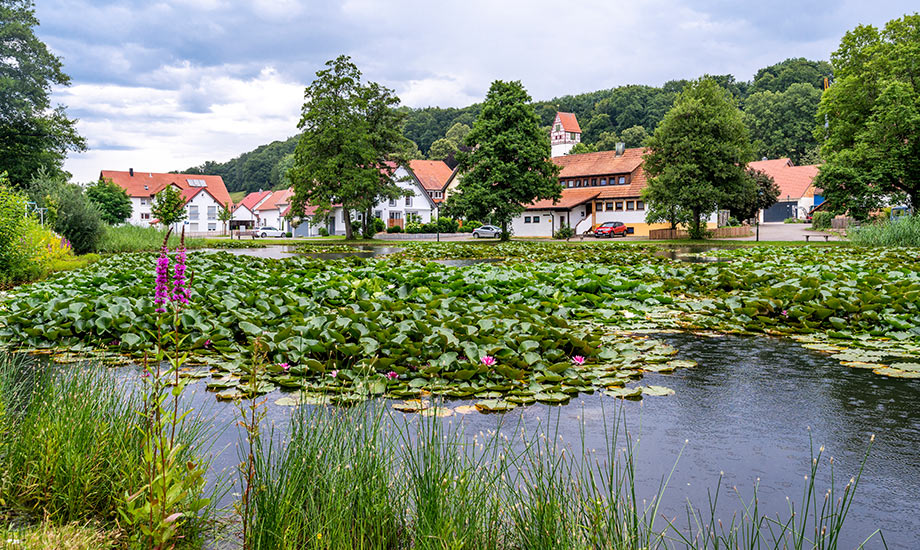
As a karst region, the Swabian Alb is characterized by a superficial lack of water - but not everywhere. In places where the Swabian volcano cut through the Alb around 15 million years ago, drainage-free depressions have formed above the waterlogging volcanic rock. Here, rainwater can collect. Humans settled in these areas on the Alb, as they provided the life-sustaining water. The typical ponds are called Hülbe or Hüle. But not every pond goes back to volcanism. Some of them are depressions that were sealed by weathered clay and therefore carry water. And sometimes, the ponds were built by the inhabitants of the Alb.
-
Cave
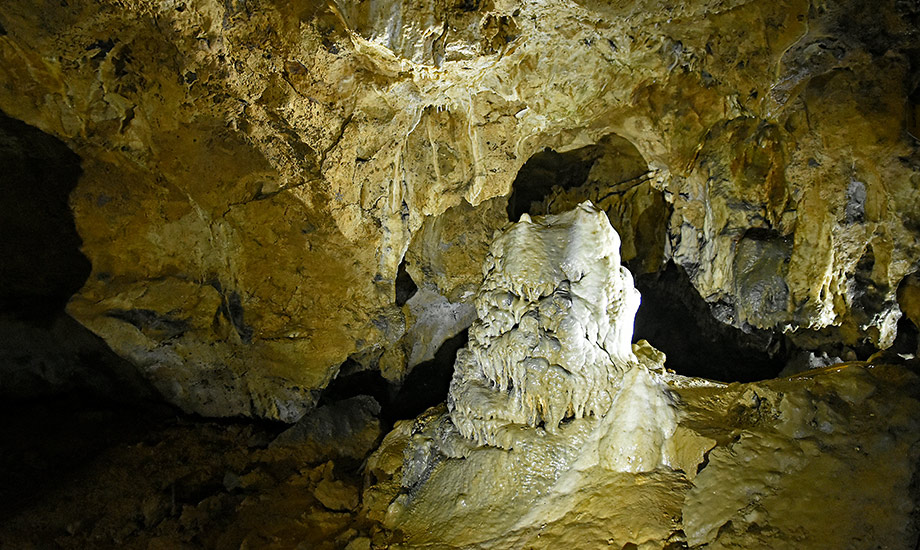
The water seeps rapidly into the limestone of the Swabian Alb. On its way through the subsoil, it dissolves lime and carries it further. This creates fantastic cave systems, many of them with magnificent stalactites. Dripstones are formed when the dissolved lime precipitates again. With around 2800 caves, the Swabian Alb is the region with the most caves in Germany. Therefore, the Swabian Alb Geopark also devotes a lot of attention to the caves. An overview of the show caves is available at "Discover Geopark".
-
Waterfall
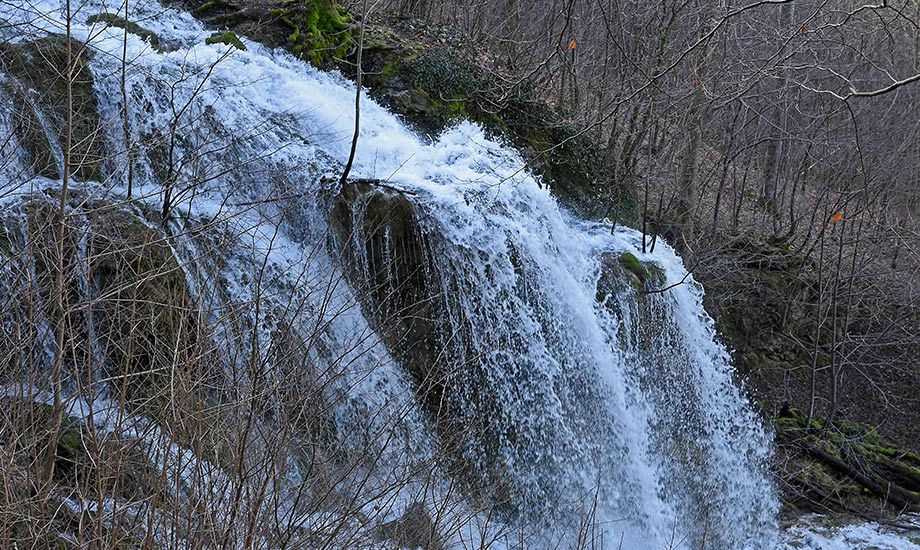
At spring horizons, water comes back to the surface. Along the Alb escarpment, you will therefore find numerous waterfalls that represent a unique natural spectacle. In many places, you can also watch the youngest rock of the Swabian Alb - the lime tufa - grow at these waterfalls. At some waterfalls, the lime tufa can even grow a few centimeters a year. But be careful! Lime tufa is very soft and will break if you step on it. Lime tufa terraces are valuable habitats for rare plants and animals. The striking porous rock was used in many historic buildings on the Alb.
-
Karst spring
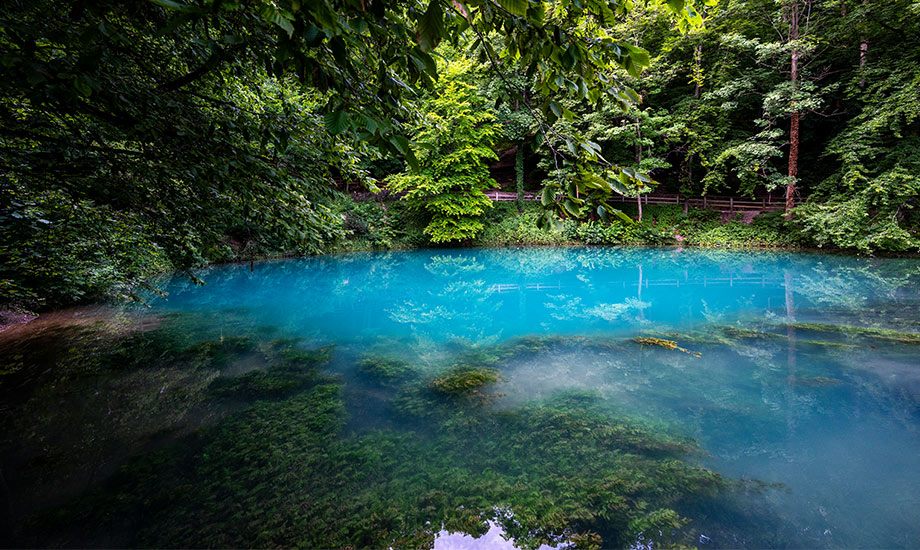
At karst springs like the Blautopf or the Lonetopf, the lime-rich water that has seeped into the Swabian Alb resurfaces again. The brilliant blue water is characteristic of these spring pots that are found in the southeastern part of the Alb. It is so blue because the blue part of sunlight is scattered by the many lime particles in the water and we therefore perceive the water as radiant blue.
-
River
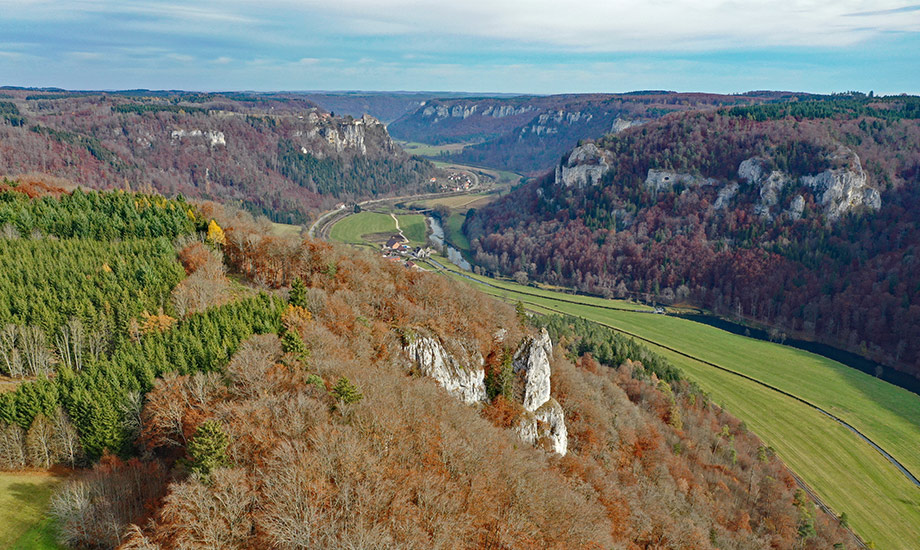
Not all water seeps into the karst of the Swabian Alb. In some places you can hike and bike along streams and rivers. If you keep your eyes open, you will also discover fascinating waterfalls along these rivers. On the Danube, you can marvel at how the water seeps into the karst and an entire river disappears at once.
-
Dry valley
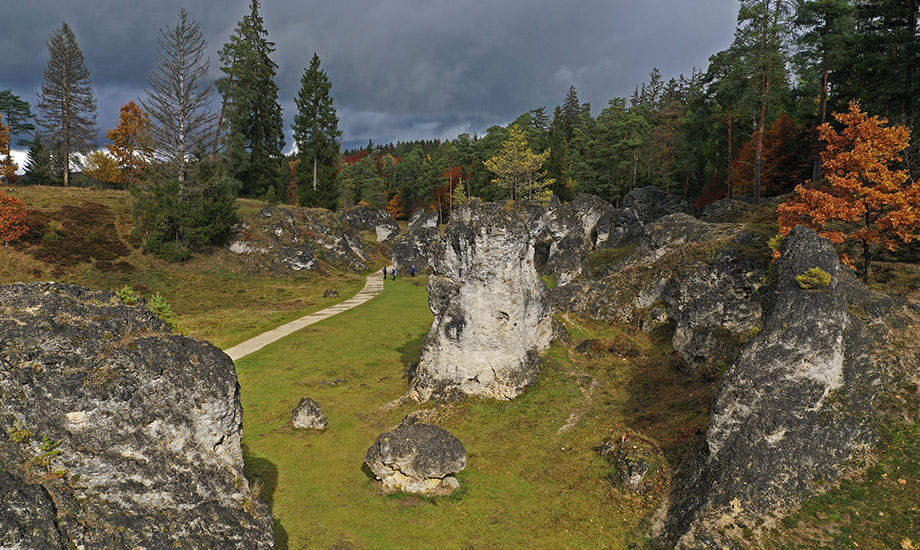
In the dry valleys of the Swabian Alb, you walk in former stream and river beds. For example, a river once used to flow in the Wental valley. Today, the river flows underground, but it left behind the impressive valley with its striking rocks.
